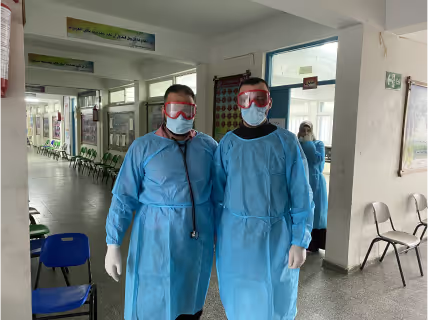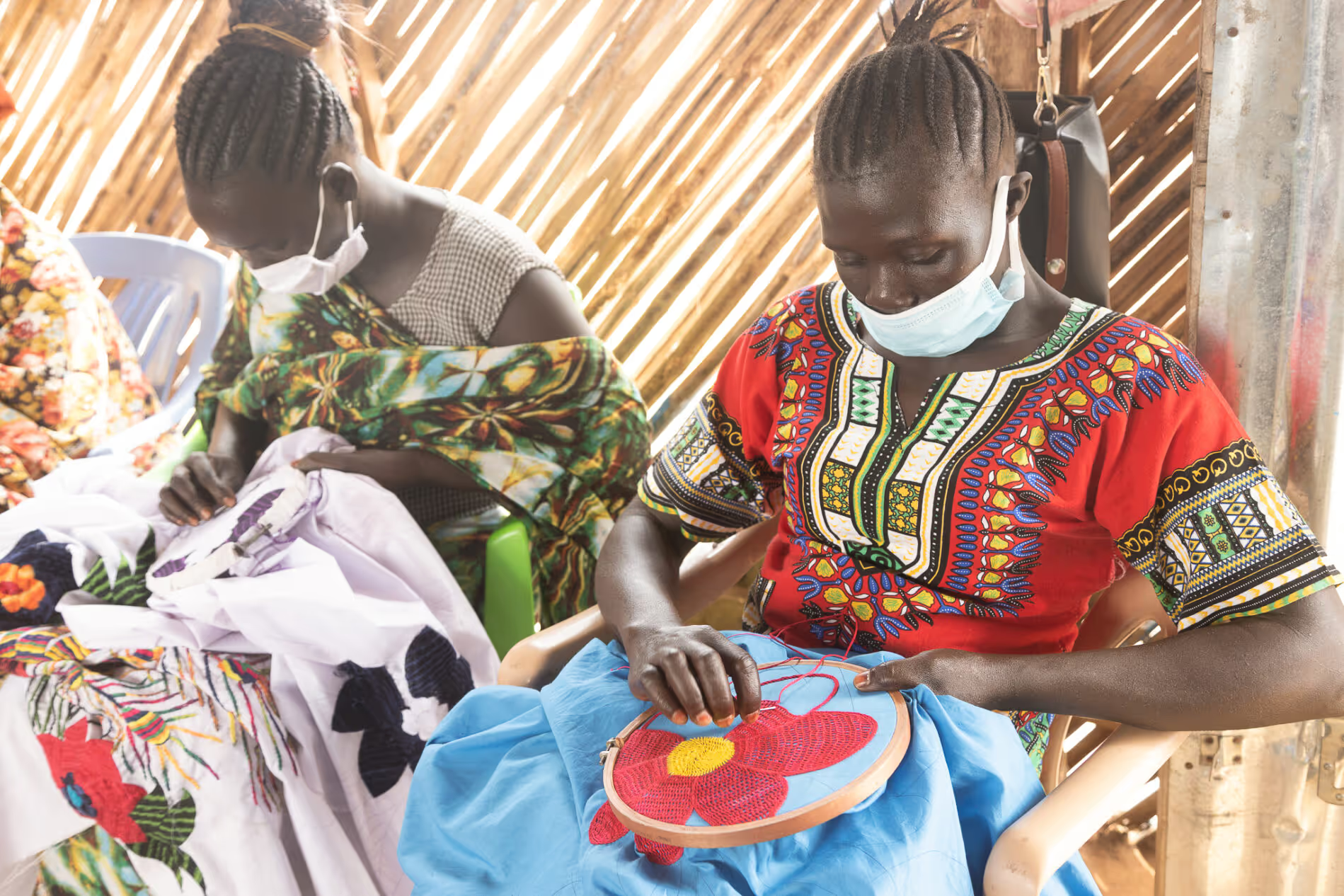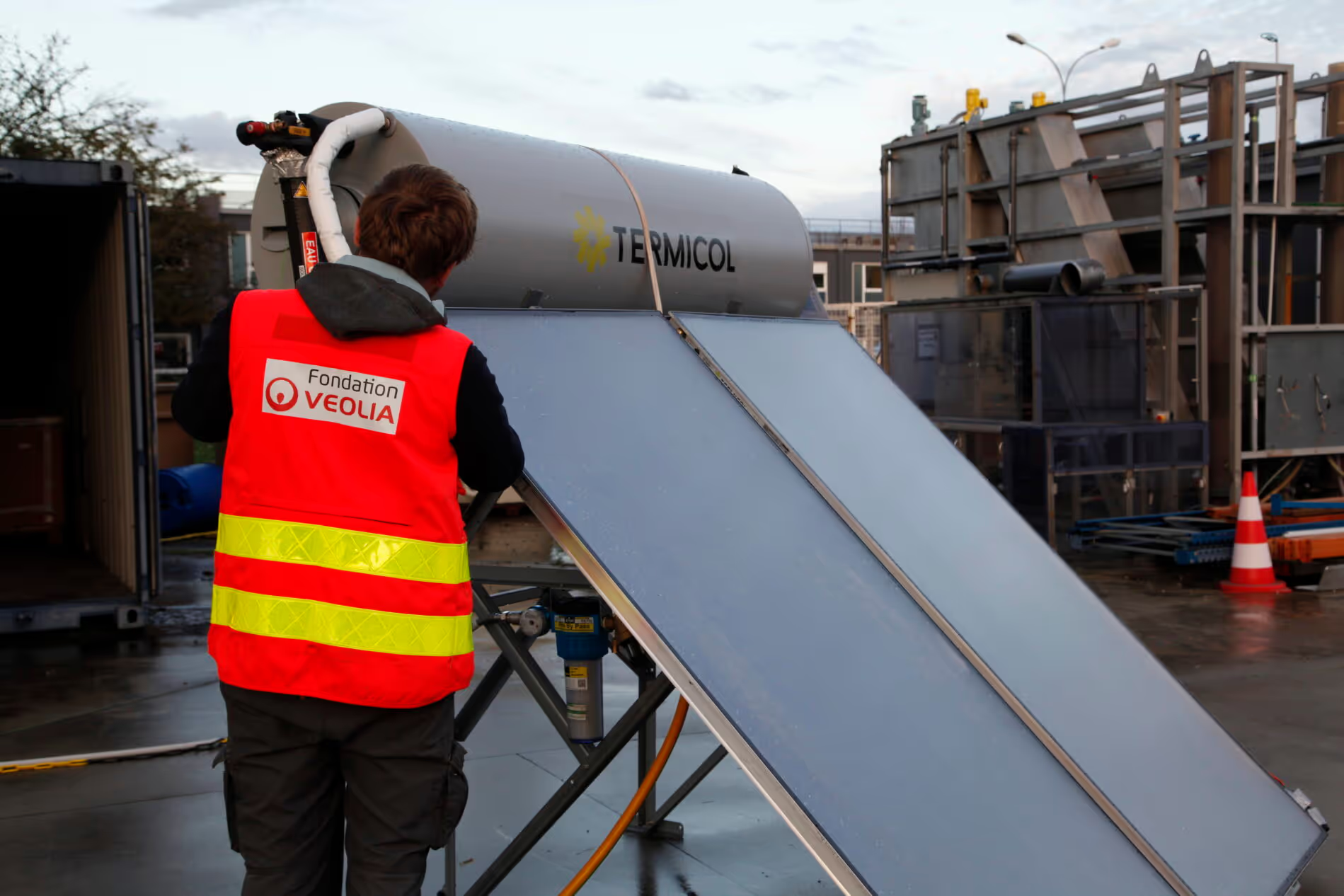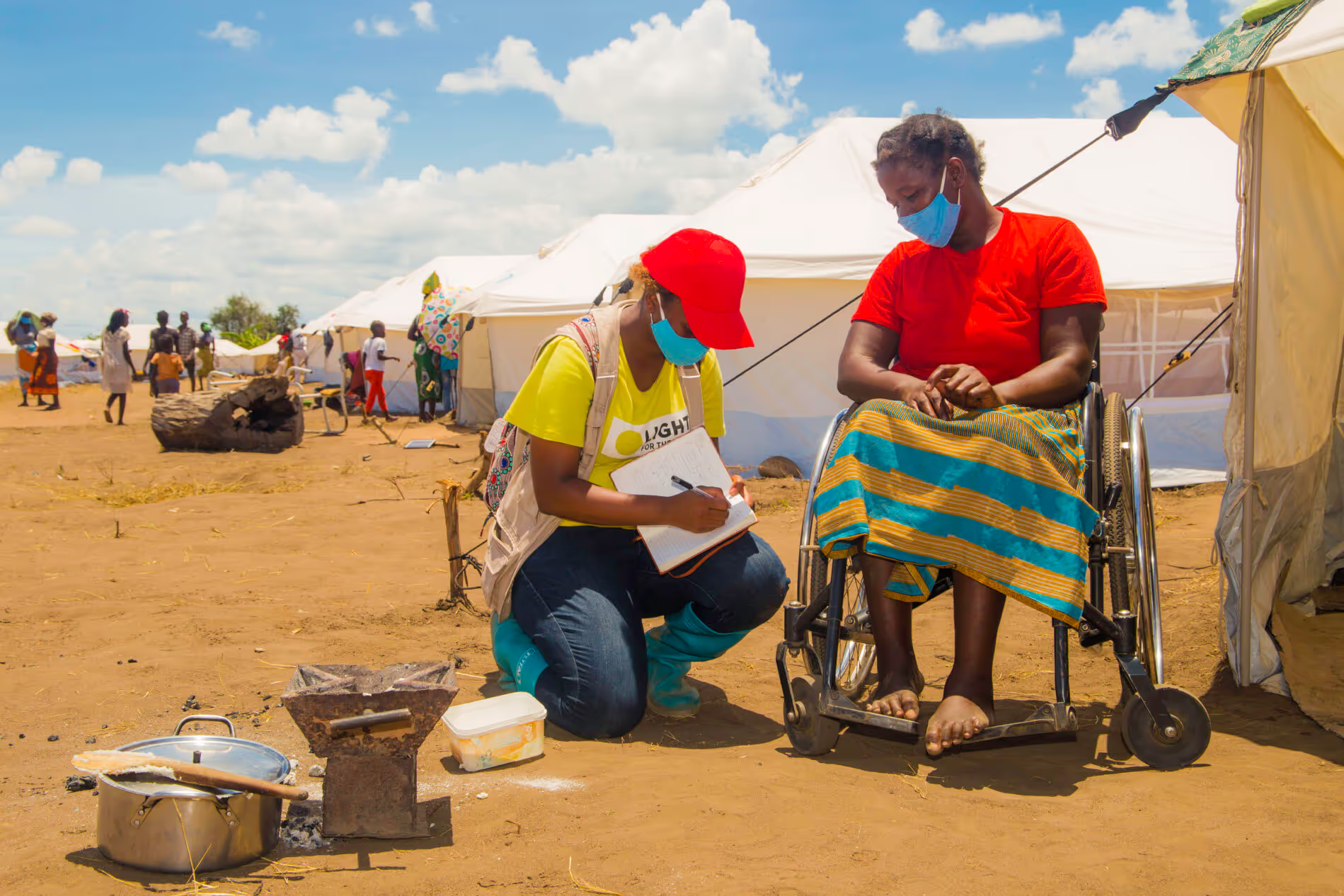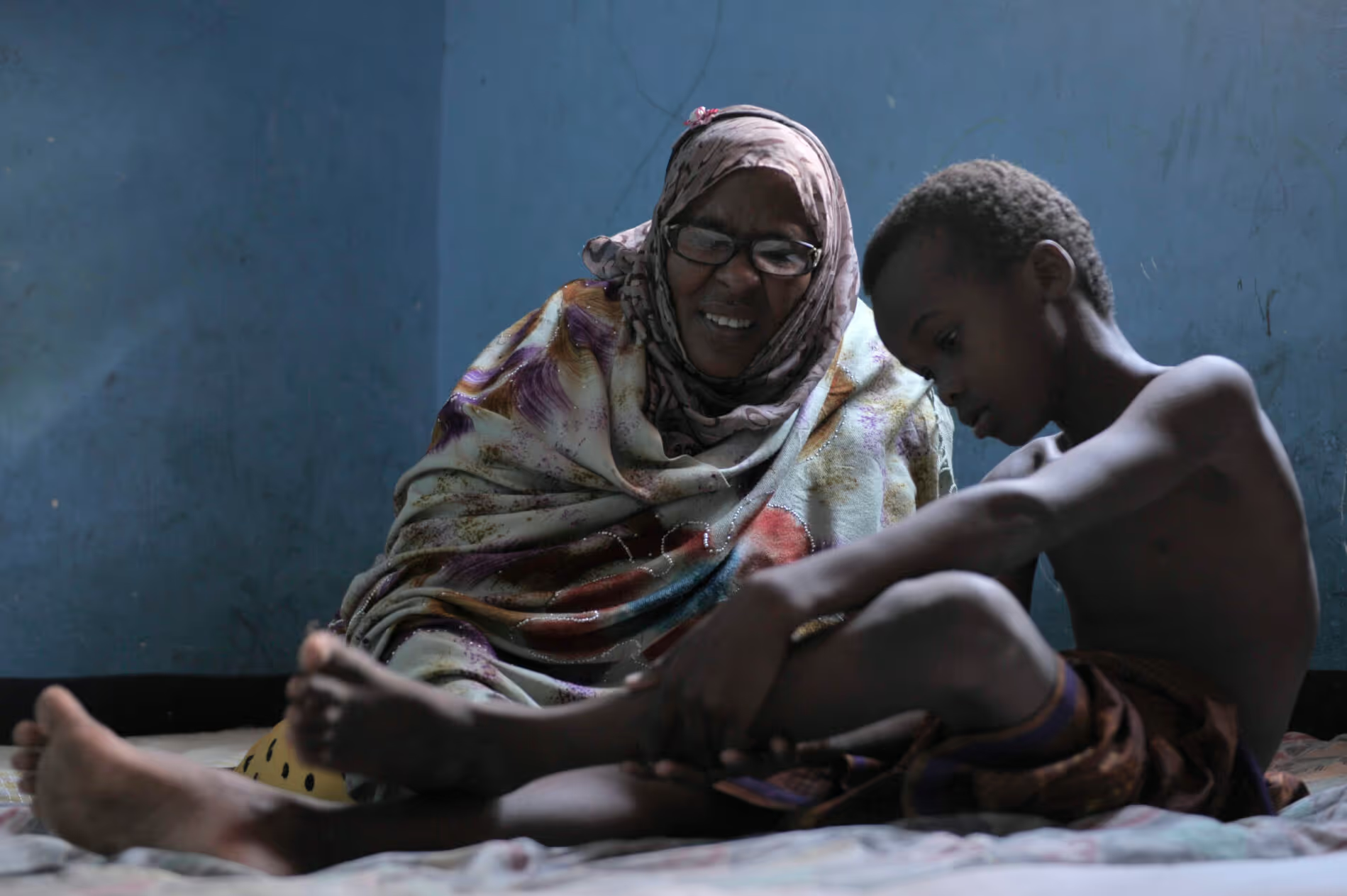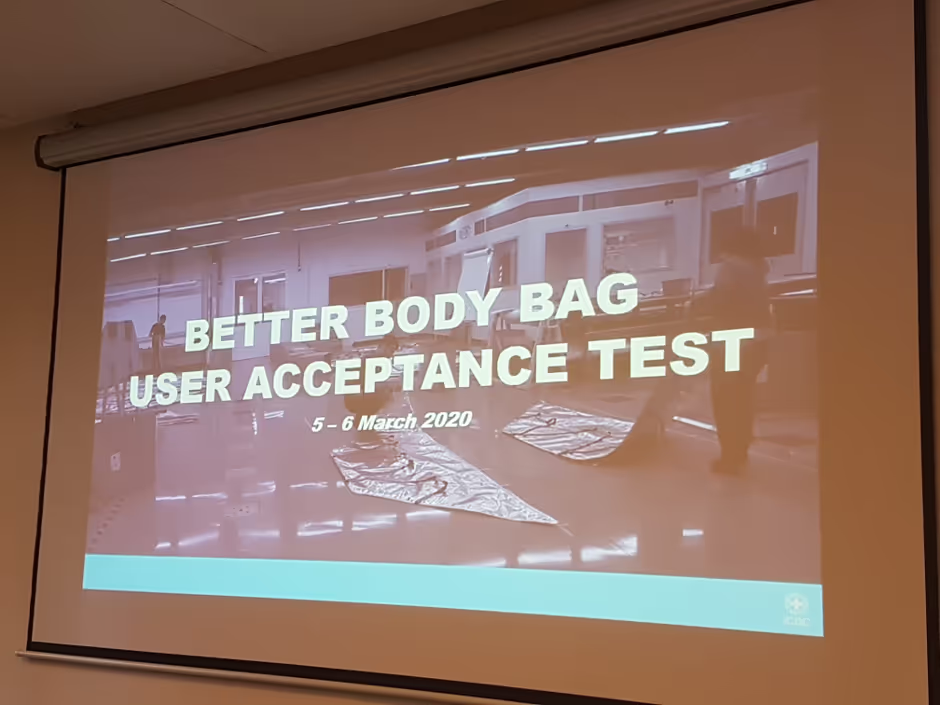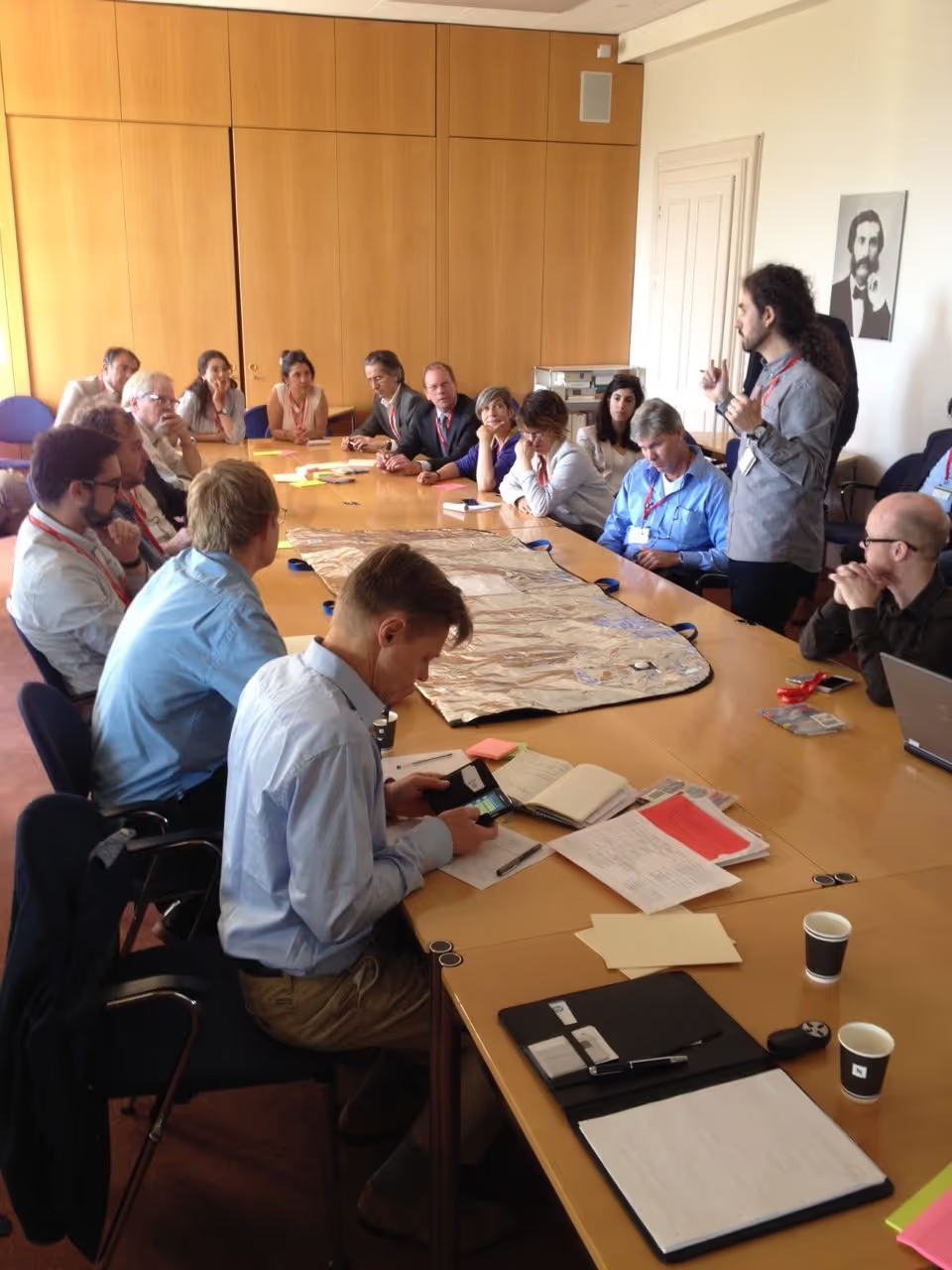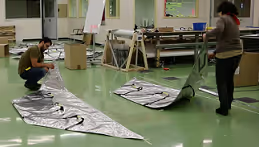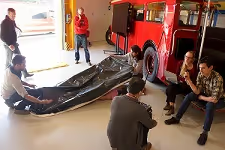Better Body Bag
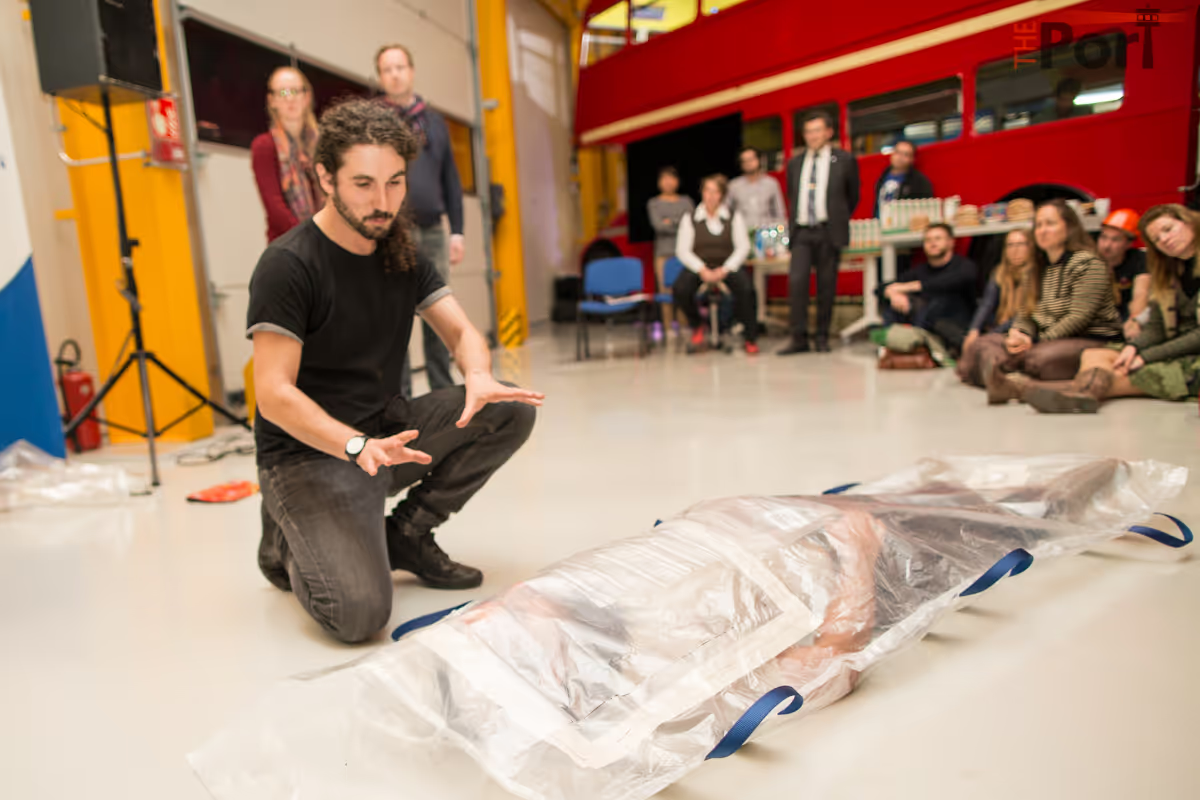
Project overview
Better Body Bag is the next generation body bag. It aimed to set new standards in identifying victims of natural disasters and armed conflict. Its primary goal was to protect the identity of the victim and ensure closure for the families. This was done by delaying decomposition and improving visual identification.
Countries
Switzerland
Thailand
United Kingdom
Organisations
Social Solutions Research Association
Partners
International Committee of the Red Cross, Impact Hub, THE Port, DuP, IdeaSquare, Global Humanitarian Lab
Area of funding
Humanitarian Innovation
Grant amount
135000
Start date
09
January
2017
End date
09
July
2019
Project length (in months)
30.8
Funding calls
No items found.
Focus areas
No items found.
Topics
Disaster Risk Reduction
Status
Closed
Project solution
This project offers [specific solution or intervention] to tackle [challenge]. By implementing [strategies, tools, or innovations], the project aims to achieve [desired outcomes]. The approach is designed to [specific actions or methods] to bring about meaningful change in [community, region, or issue area].
Expected outcomes
This project aims to achieve [specific outcomes], such as [measurable results, improvements, or changes]. The expected impact includes [benefits to the target community, advancements in research or innovation, or long-term effects]. By the end of the project, we anticipate [specific changes or milestones] that will contribute to [broader goals or objectives].
No items found.
WHAT IS THE HUMANITARIAN NEED?
A deceased person’s body holds strong symbolism in various cultures in relation to funerary customs, as it is used as a direct representation of the deceased individual. Its absence, such as in disaster scenarios, may cause legal and sociocultural burdens. This absence also creates uncertainty for individuals regarding the life status of their absent close one. The identification of bodies in forensic cases is considered extremely important in providing closure. Body bags play a vital role in early stages of disaster victim identification as they are a tool that allow for storage, isolation and transportation of the body of a deceased person.
WHAT IS THE INNOVATIVE SOLUTION?
The new design remained affordable and functional even when no dedicated forensics infrastructure is present. Its primary goal was to delay decomposition and improve visual identification by influencing three key variables. Firstly, the better body bag can hold a vacuum. The mechanism that is used limits the body from interacting with an exterior environment, including oxygen, restricting aerobic bacterial proliferation or insects. This vacuum is easily created with the help of a standard hand pump that does not require electrical infrastructure. Secondly, it controls the temperature inside the bag by having an outer light deflecting layer. Thirdly, it controls bodily fluids associated with decomposition by using a super-absorber pad, preventing any leaking in the rare event of puncture. Additionally, it aimed to improve the working conditions of humanitarian actors that manage the dead after catastrophes or armed conflicts. The bag has a closing mechanism that provides a hermetic seal and a barrier to gases, odours and organisms that can emanate from inside the bag.
WHAT DID THIS PROJECT ACHIEVE?
Preliminary biological and load testing undertaken by the Forensic Department of the International Committee of the Red Cross (ICRC), who have been financially supportive and to whom the first hundred prototype bags were provided, demonstrate that the bag successfully held a vacuum and slowed decomposition. Peer-reviewed research in association with the Taphonomic Research in Anthropology: Centre for Experimental Studies of the University of Central Lancashire, verified results and explored the full potential of the better body bag, is underway. The taphonomic research focused on molecular as well as whole body preservation in the new body bags using three time interval points in two separate locations with differing temperature points. Finally, the first 10,000 bags deployed in the field were specifically monitored by ICRC. Regular feedback and improvement circles ensured optimal performance and usability in the real deployment conditions.
No items found.
Project delivery & updates
Stay up to date with the latest developments from this project. Here, you will find details on what has been delivered, resources created, and regular updates as the project progresses. Access key documents, reports, and other materials to see how the project is making an impact.
No resources/updates have been published yet for this project. Sign up for our newsletter to stay informed about upcoming publications and updates!
Join our Newsletter
Resources
No items found.


